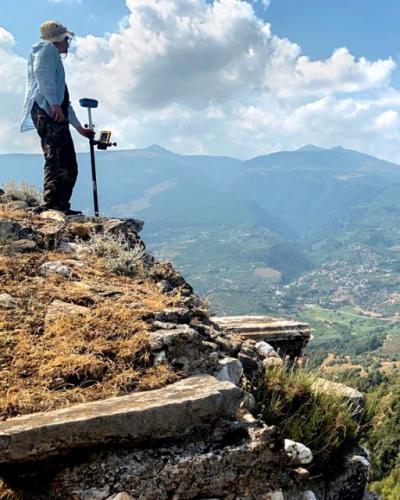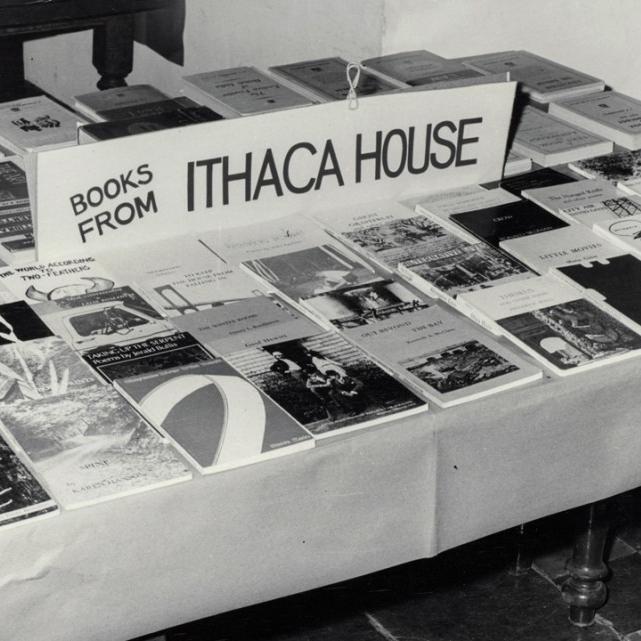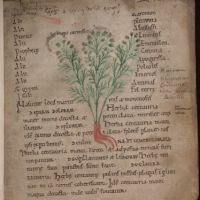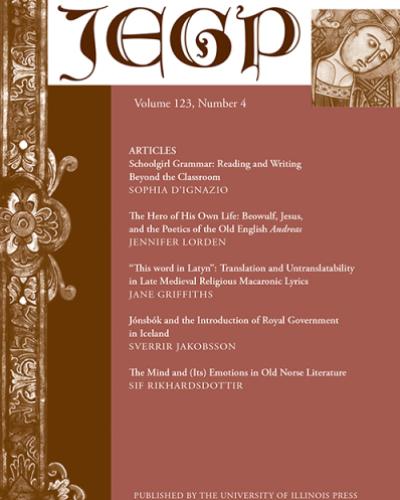Sophia D'Ignazio, Cornell Medieval Studies Ph.D. 2022, publishes her article "Schoolgirl Grammar: Reading and Writing Beyond the Classroom" in Journal of English and Germanic Philology, 123.4.
Grendles modor
ides aglæcwif yrmþe gemunde
se þe wæteregesan wunian scolde
Grendel’s mother, woman warrior, remembered desolation, he who had to dwell in fearful waters
—Anon., Beowulf 1258b–1260
Tu es enim dux uitae, tu magistra uirtutis, tu es qui tamquam regula in directum ducis, tu es qui a recto numquam discedis, tu es qui a ueritate numquam auerteris.
For you are the guide of life, you, mistress of virtue, you are he who leads like a ruling-stick on the right path, you are he who never departs from correctness, you are he who never turns from the truth.
—Isidore of Seville, Synonyma, II.102
Ambiguous grammatical gender constructions, such as the apparent dissonance between the subjects and relatives found in the lines from Beowulf and Synonyma quoted above, reflect the creative, dynamic usage of grammatical gender theory inherited from Late Antique grammarians and interpreted through the mixed-gender educational networks of early medieval Christian literary culture. Within the early medieval Christian literacy classroom, students learned to use and interpret grammatical gender as a representation of the social, spiritual, and more-than-textual world. For schoolgirls and schoolboys alike, first-person curricular texts like the psalms and colloquies taught students to recognize a dynamic relationship between grammatical gender and the social gender of subject-referents, as students voiced the speakers’ “I”s. This paper examines instances of grammatical gender ambiguity in light of the monastic classrooms and pedagogies that were shaped by the involvement of schoolgirls and women teachers. This paper also argues that translating gender-common and gender-inclusive markers as masculine by default has erased evidence of the extent of girls’ and women’s literacy in the early Middle Ages.






